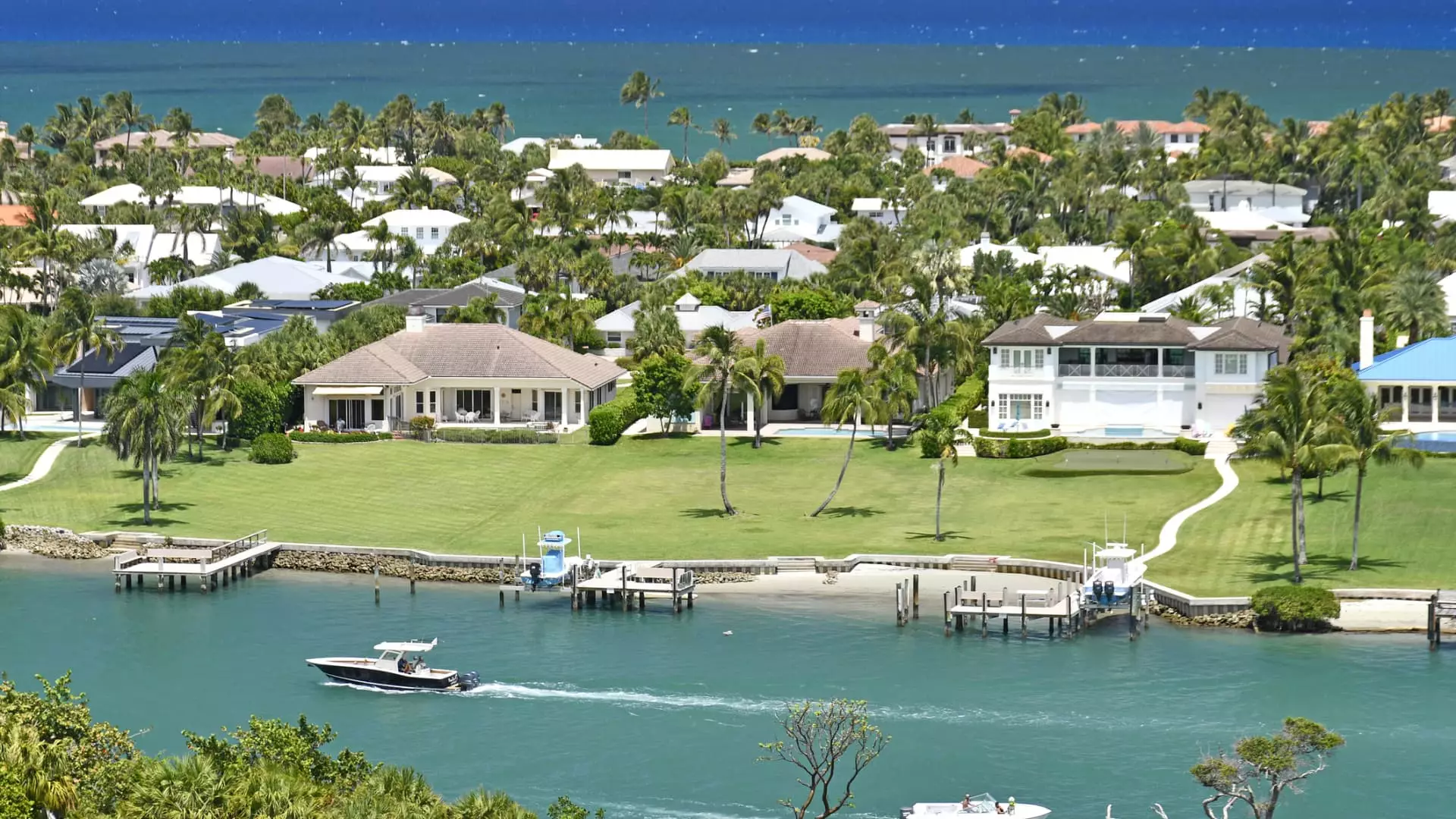The luxury real estate market in 2025 is exhibiting a fascinating and frustrating polarization. On one side, ultra-wealthy buyers with fortunes exceeding $30 million remain undeterred by economic uncertainty, trade tensions, or volatile markets. Their behavior contrasts sharply with that of the merely affluent—those who enjoy wealth but lack billionaire status—who are demonstrating caution and hesitation. This divide is not just a mere difference in purchasing power; it reveals deeper socioeconomic tensions and exposes how wealth insulation shapes outlooks and opportunities.
This bifurcation largely stems from rising interest rates, which have transformed cash into a formidable competitive weapon in real estate transactions. According to brokerage insights, all-cash offers are skyrocketing, especially among the ultra-rich who can comfortably avoid the crushing costs of borrowing that plague more typical buyers. This surge in liquidity dominance is creating a self-reinforcing cycle, where speedy transactions and fewer contingencies favor cash-rich buyers, further alienating those who depend on mortgage financing. The luxury market, once seen as a playground for merely affluent buyers, is now an exclusive arena dominated by billionaires and multi-millionaires wielding fast, decisive power.
Economic Hardship as a Catalyst for Real Estate Resilience
What’s paradoxical about these trends is the persistent allure of real estate even amid recession anxieties and a rollercoaster stock market. While many affluent individuals hedge their bets by pivoting toward or holding on to equities and bonds, real estate—solid, tangible property—remains a favored refuge for wealth preservation. This aligns with the belief that real estate serves as a hedge against inflation and a safer long-term investment amid global economic uncertainty.
Yet this perspective, championed by realty executives, glosses over the inherent risks and inequities underscored in the current scenario. Real estate certainly isn’t a guaranteed fortress; luxury market dips in May 2025 reflect how even the wealthiest can hesitate when broader market shocks rattle confidence. Realtors’ claims that real estate’s cyclical nature offers opportunities might seem optimistic, but they risk disregarding looming systemic issues such as housing affordability crises and the destabilizing effects of concentrated wealth on broader economic equality.
The Growing Demands of the New Luxury Buyer
Another notable shift lies in consumer preferences shaping luxury homes. Today’s buyers—especially those making their first foray into the luxury market—are no longer satisfied with mere opulence. The newest generation demands cutting-edge smart home technology, spa-like amenities, and seamless indoor-outdoor integration. This is emblematic of a broader socio-cultural transformation where lifestyle and experience now dictate real estate valuations as much as raw square footage or location.
While these demands may reflect elevated tastes, they also highlight the glaring disparity between ultra-luxury consumption and broader societal needs. The focus on extravagance—such as smart refrigerators and personal spas—contrasts starkly with the struggles of middle-class families facing increased mortgage rates and shrinking purchasing power. It forces the uncomfortable question: how sustainable is such a market where physical manifestations of wealth grow increasingly detached from everyday realities? The hyper-luxury market risks becoming an insular bubble, where consumption outpaces meaningful societal contribution.
Questions on Market Sustainability and Social Responsibility
The luxury real estate market’s current trajectory forces us to critically examine the intersection of wealth concentration, consumer behavior, and economic policy. The stark preference for cash offers by the ultra-rich widens barriers to entry, pushing normal affluent buyers to the sidelines—or out of the market altogether. High interest rates—intended to temper inflation—unintentionally exacerbate this divide, solidifying privilege rather than diffusing financial pressure.
While this dynamic may suggest a “winner-takes-all” environment, there is an urgent need for policy frameworks that acknowledge and address these imbalances. Encouraging diverse investment vehicles and expanding affordable housing initiatives are vital countermeasures to prevent luxury real estate from becoming a fortress of exclusivity void of social accountability. Ultimately, the luxury property surge reveals more than just buyer confidence—it exposes an urgent need to reconcile wealth creation mechanisms with social equity and economic inclusion.
The luxury real estate market in 2025 is less a mirror of economic optimism and more a stark illustration of wealth disparity, economic stratification, and the uncomfortable reality that economic uncertainty often benefits the advantaged at the expense of the rest. This underscores the need for nuanced, centrist policy thinking to balance aspiration and inclusion in real estate and beyond.

